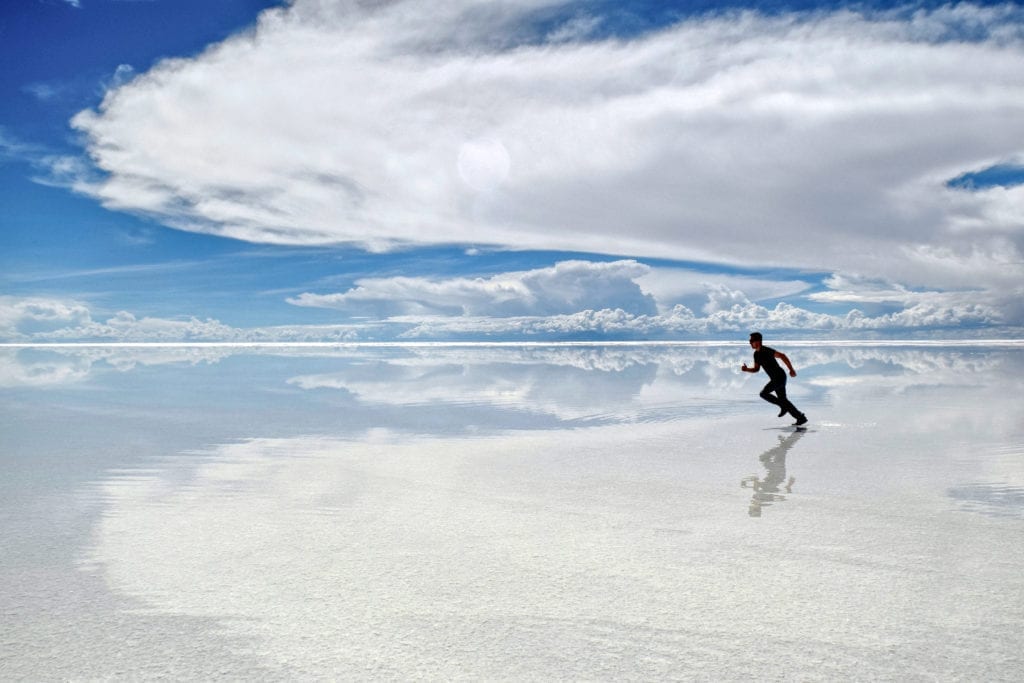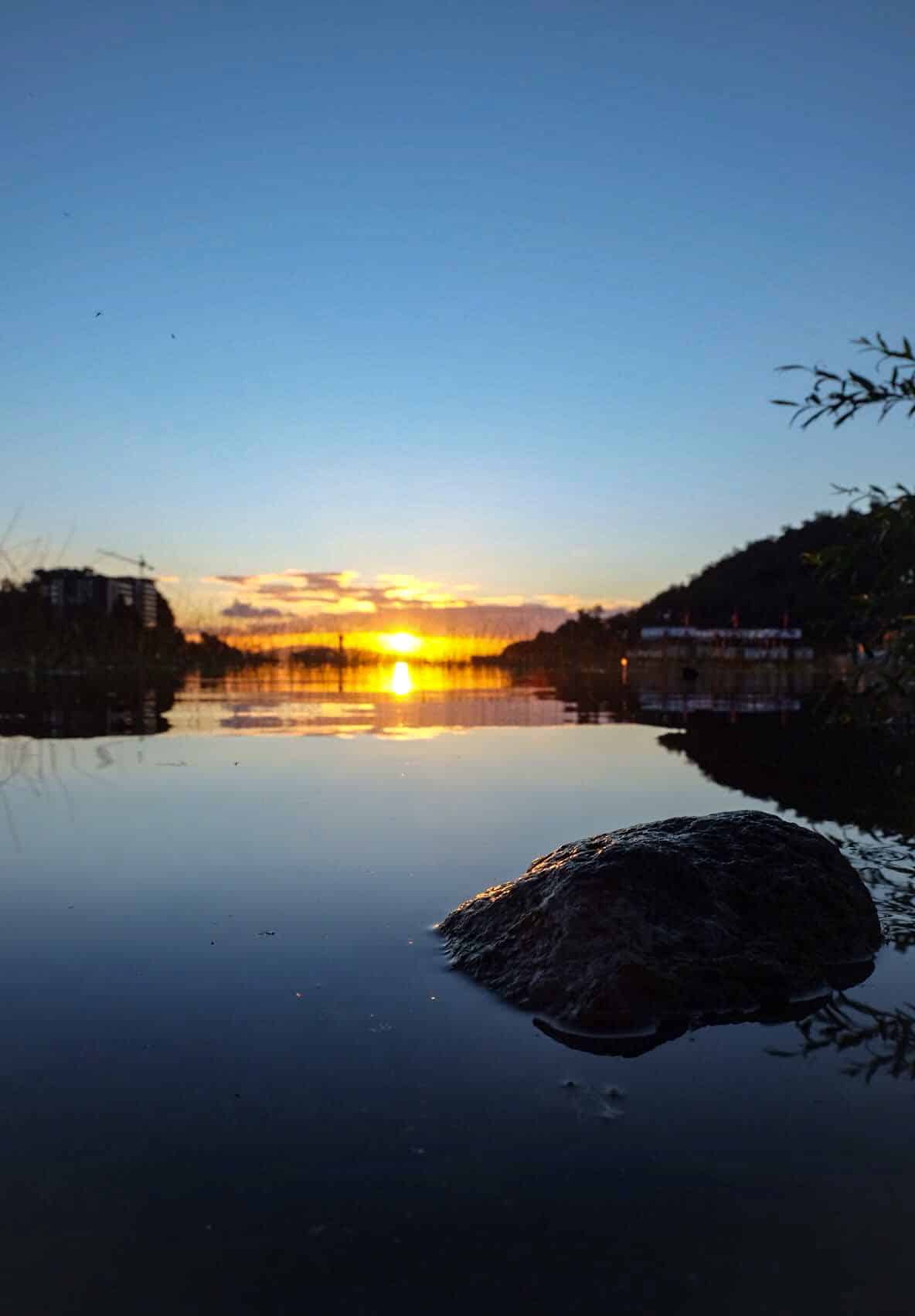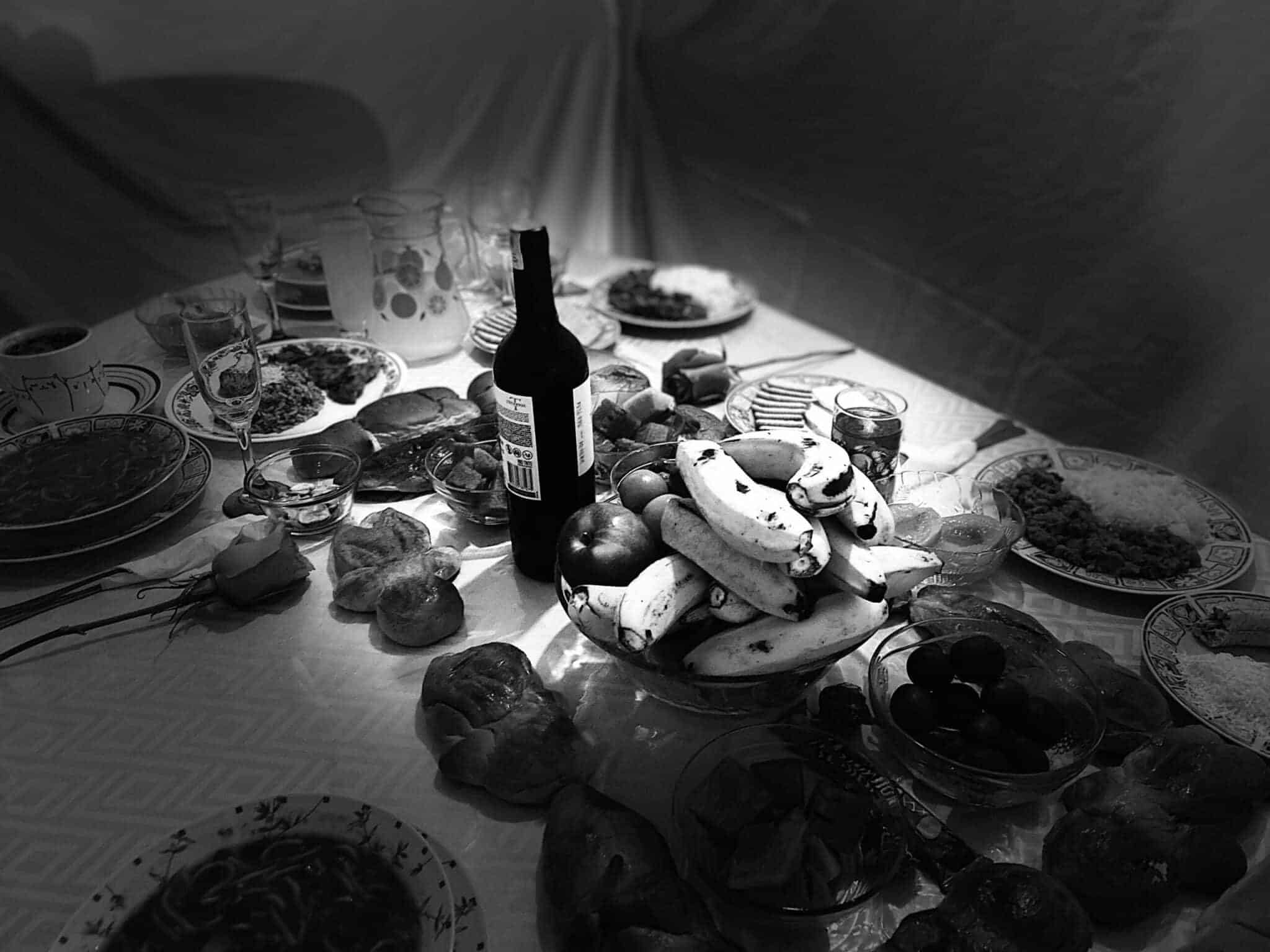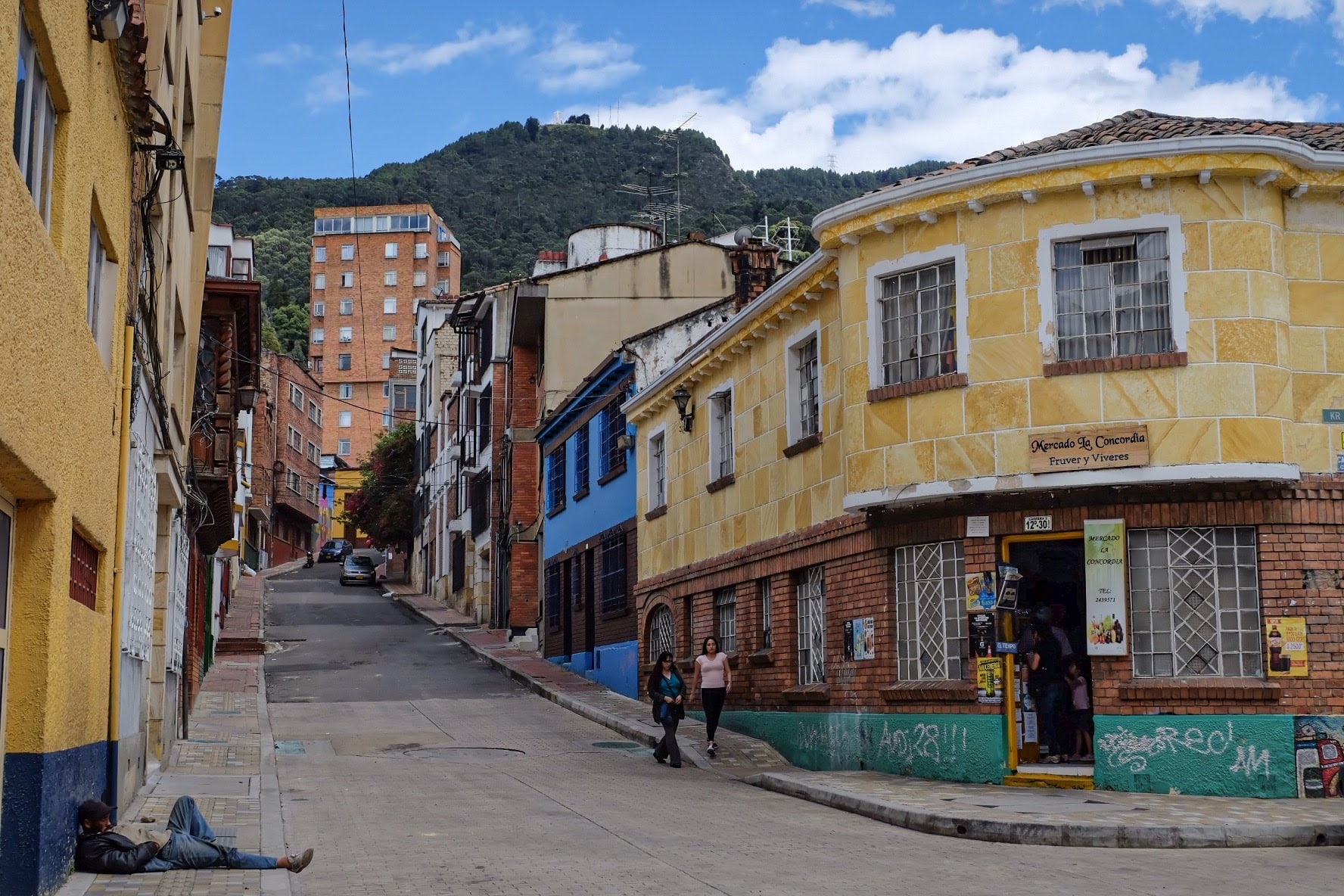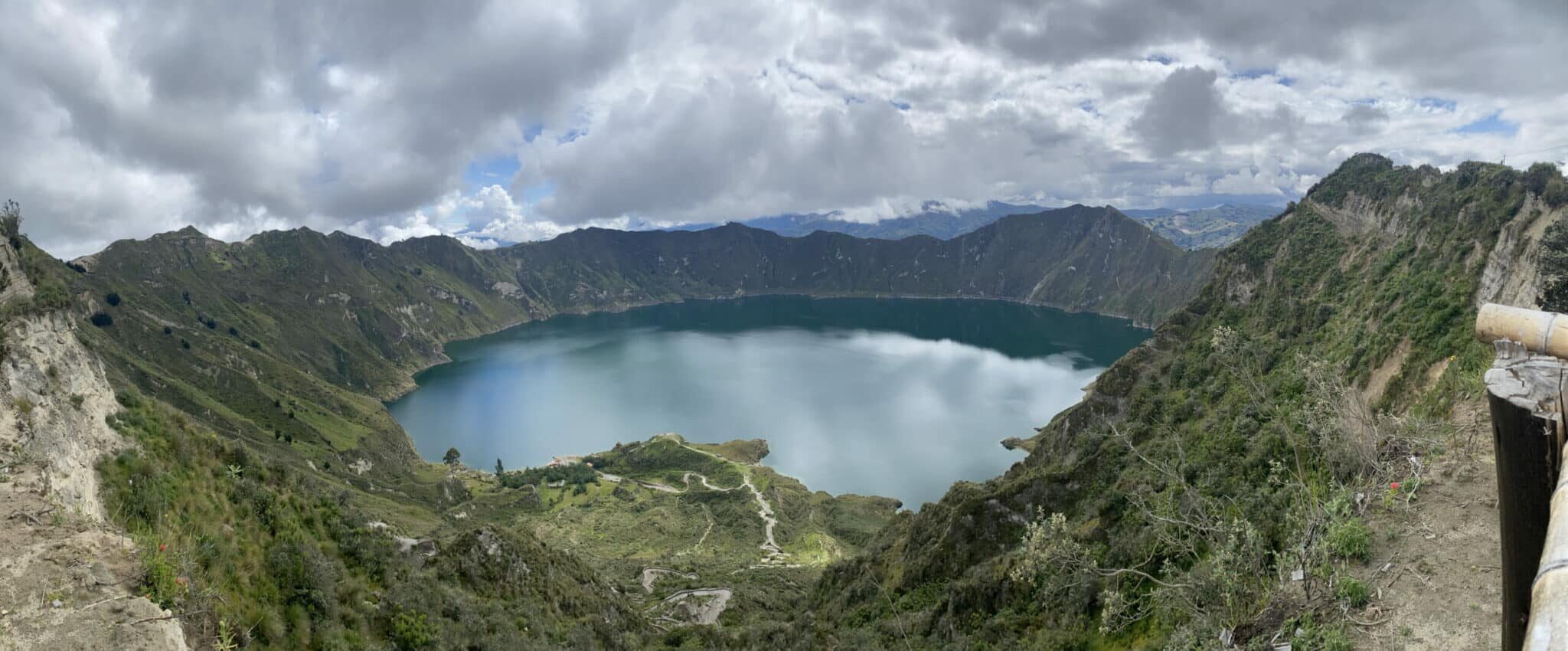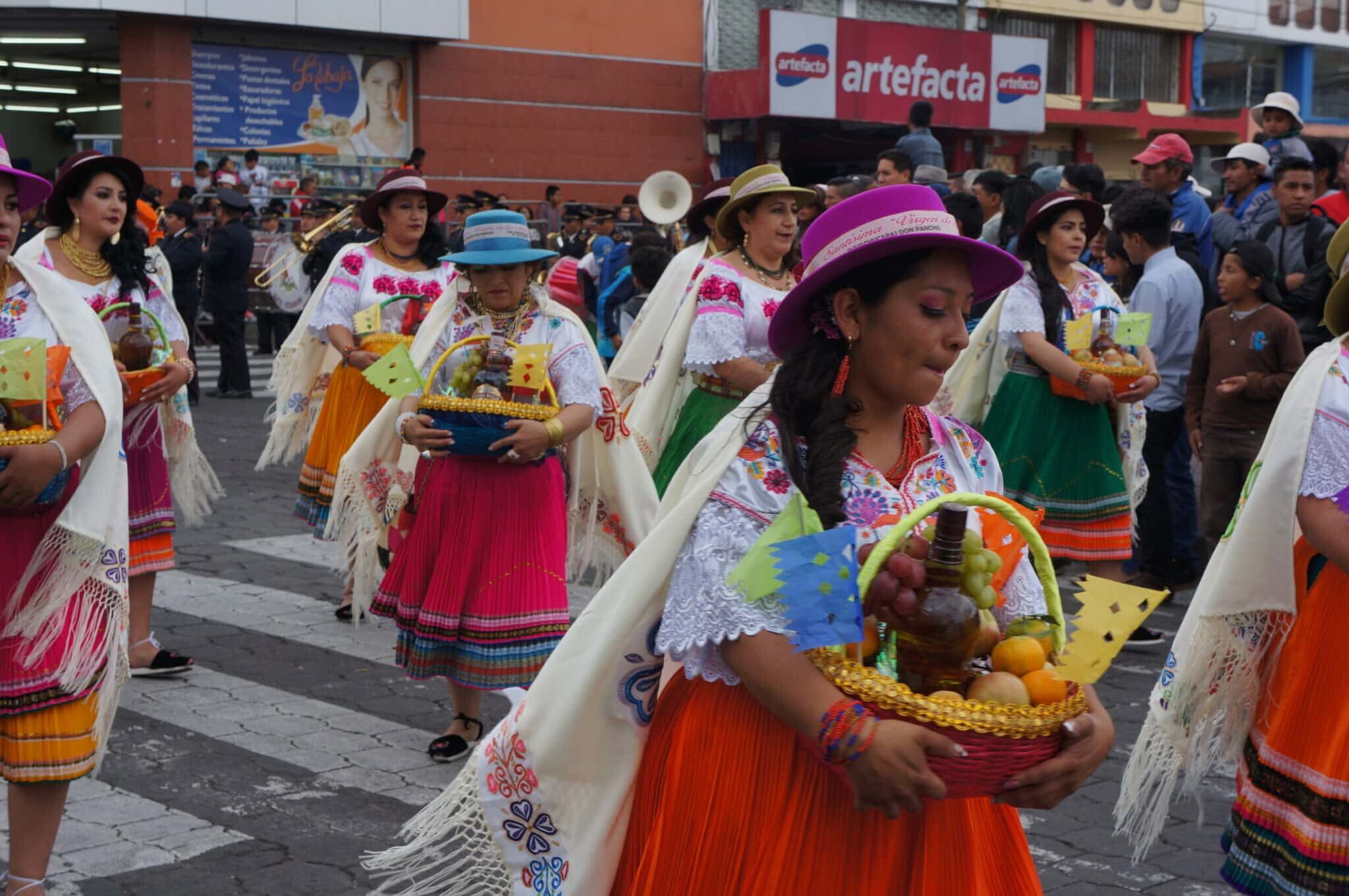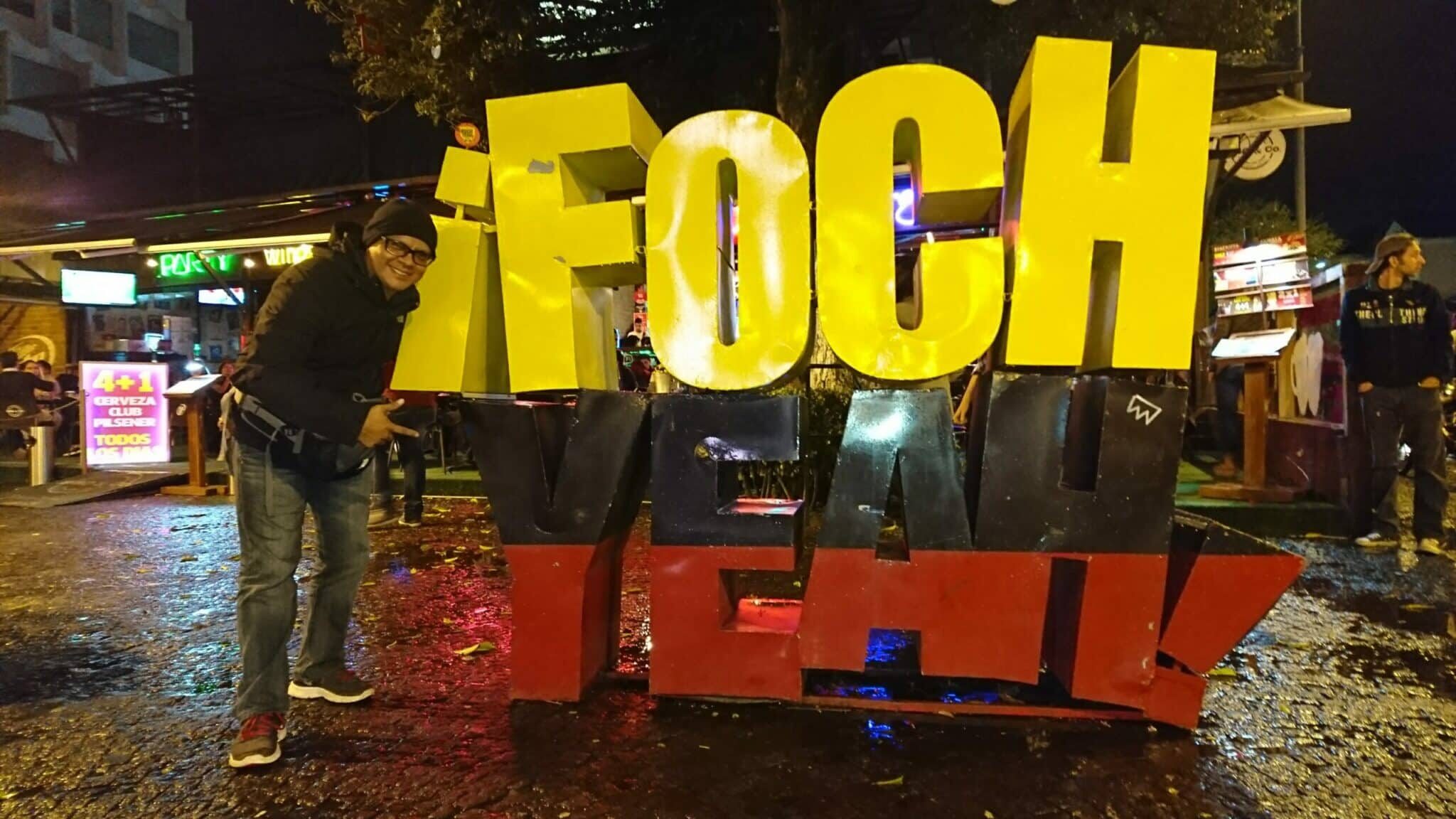Bolivia has some of the most stunning landscapes on the entire continent of South America. I feel that it is very often overlooked for more famous destinations in Brazil (Amazon) and Chile/Argentina (Patagonia). This is a mistake as the natural beauty of the country is unrivaled in many ways.
One of the best ways to see this country is to fly into one of Bolivia’s capital cities (La Paz) and making your way down south to the Eduardo Avaroa Andean Fauna National Reserve. A word to the wise: if you are not used to such high elevations that are in the range of 3,600 to 5,000 meters above sea level, then it is worth spending a few days getting acclimated to the elevation without a lot of strenuous exercises. Also, look into getting acetazolamide, a known medication that can alleviate the symptoms of altitude sickness.
La Paz
A bustling capital city, the one thing you will immediately take note of the street art on almost every corner. This art is usually political and therefore carries such powerful messages. Not to mention their aesthetic appeal is unparalleled.
The city is extremely hilly, but you can traverse most of it by the Mi Teleferico cable car system, which is composed of 3 lines and 11 stations. You can get a fantastic view of the entire city from one of these cars. For a great street view of La Paz, look no further than Calle Jaénand Parque Mirador Laikakota.
I would recommend 2-3 days to really get a good feel for the city before making your way down south to Uyuni.
Salar de Uyuni
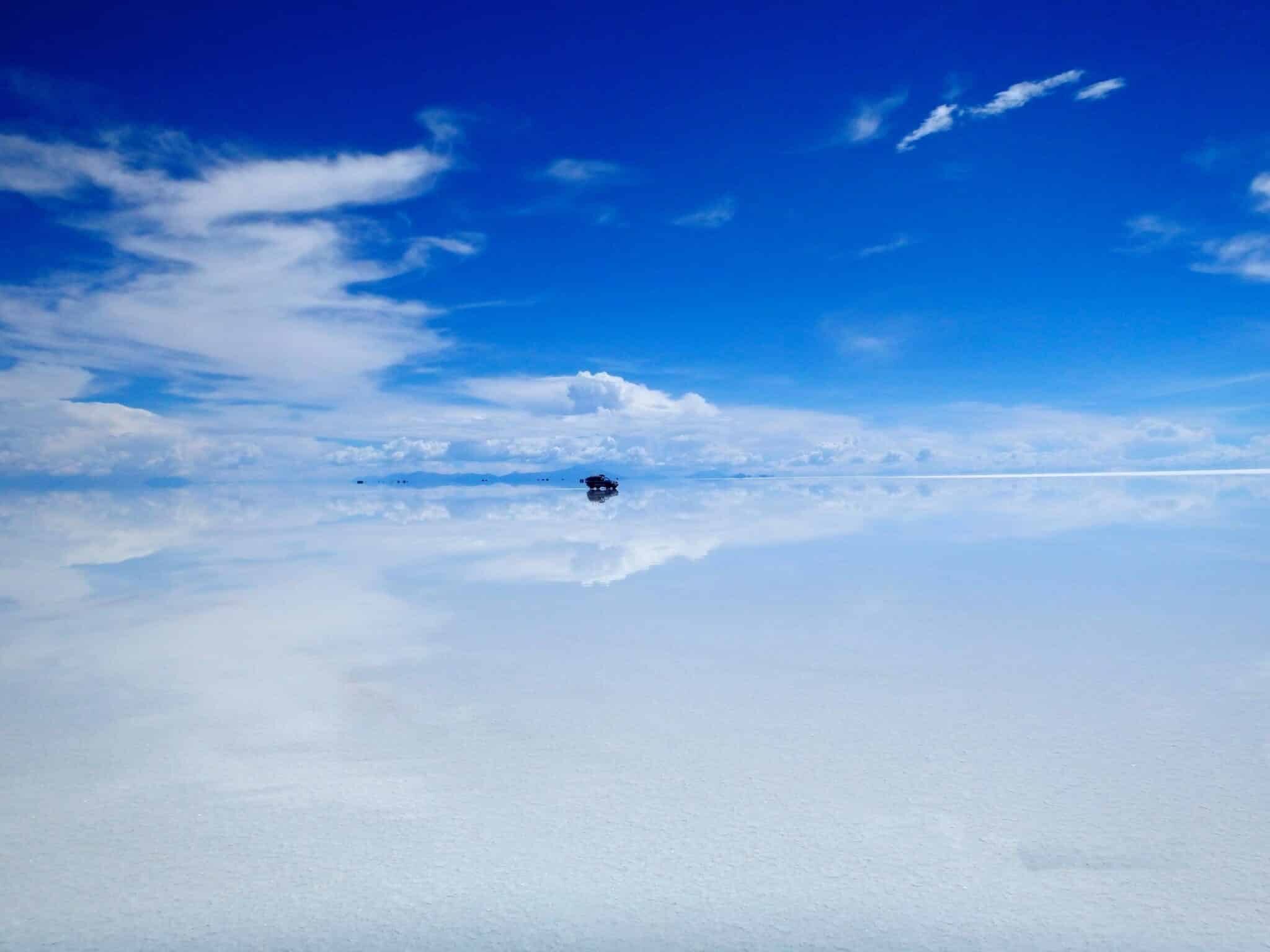
Taking the night bus from La Paz to Uyuni is a popular option. The town of Uyuni is quite small and it thrives on tourism for those wishing to visit the salt flats. You can choose to rent your own car to explore the area, however, in my opinion, it isn’t worth it for several reasons:
- Many car rental agencies do not let you drive into the Salar since the salt will expedite the deterioration of your car
- the area is very remote, so you will have to coordinate getting extra gasoline in jerry cans
- there is usually a charge should you decide to take the car over the border to say, Chile
- it is easy to get lost in the salt flats since every direction looks the same
So it is probably best to let a local take care of you so you don’t have to deal with the stress of all that!
Here are a few places that most places will show you in this area (In addition to the Salar):
Isla Incahuasi – This rocky outcrop is not a mirage, but a patch of vegetation in the middle of the Salar. Giant cacti litter this small ‘island’ and its slight elevation give you a great view of the entire surrounding area. The hike upwards takes about an hour but this is a necessary stop on your road trip.
Dakar Monument – This monument plays homage to the Dakar rally that is held in the region annually. The race itself goes from Peru all the way down to Argentina, with a partial stop here in Uyuni.
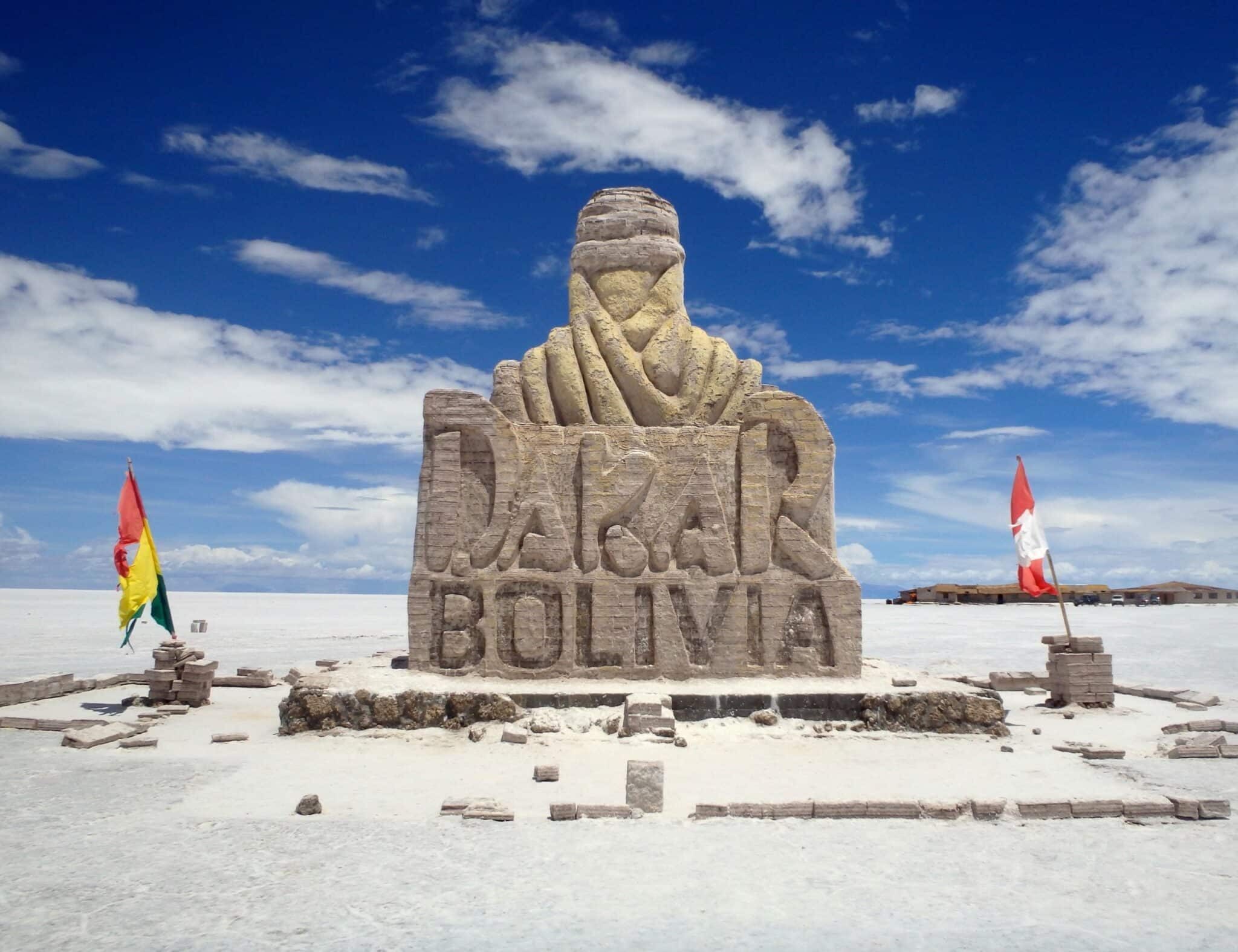
Hotel Palacio de Sal – This hotel is truly something to behold as it is made (almost) entirely out of salt blocks. Given the building materials, the hotel has a surprising amount of standard amenities that usually come with hotels.
Colchani Village – This small village is on the edge of the Salar. There are not many people that live here and those that do, make their living processing the salt.
Train Cemetery – This is truly a unique place as it is the ‘burial’ site of many old, now rusted trains. Over time, the leftover cars have been adorned with graffiti and it is so fascinating to see how time has decayed these once mechanized relics. The story is that this particular area was supposed to be the epicenter of train transportation in the country, however, those plans never came to fruition, hence the train graveyard. There are plenty of photo opportunities here so have some fun.
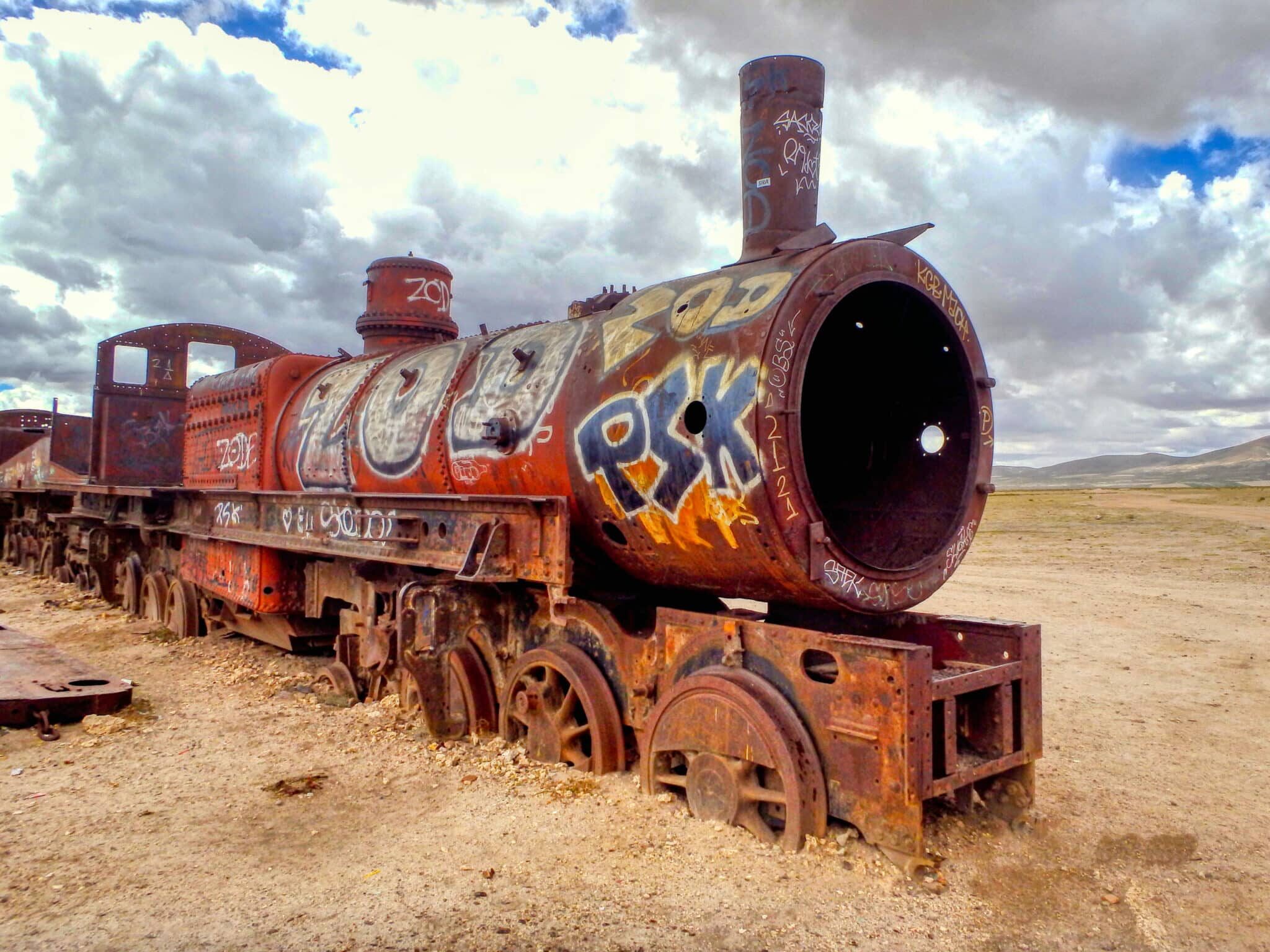
Eduardo Avaroa Andean Fauna National Reserve
This area is located in Bolivia’s Southwest Corner in the Sur Lípez Province. The reserve is of great pride among the Bolivian people and possesses such amazing flora and fauna that is unique to the region. As far as elevation is concerned, you’re looking at around 5,000 meters above sea level. Some great places here include:
Salar de Chiguana – If you’re not tired of salt flats yet, this is another one not too far from Uyuni. Keep your eyes open as you may see some wild llamas running about.
Mirador Volcán Ollagüe – This is classified as a stratovolcano and is located on the border of Chile and Bolivia. The sulfur deposits on it have signaled to scientists that it is still considered potentially active, nonetheless, it is considered to have been formed over a million years.
Laguna Hedionda – the first of many colorful lagoons you will encounter on the road trip. Unfortunately the small may not be so pleasant since there is a high sulfur content in the lake (which also has deposits of boron, potassium, and lithium).
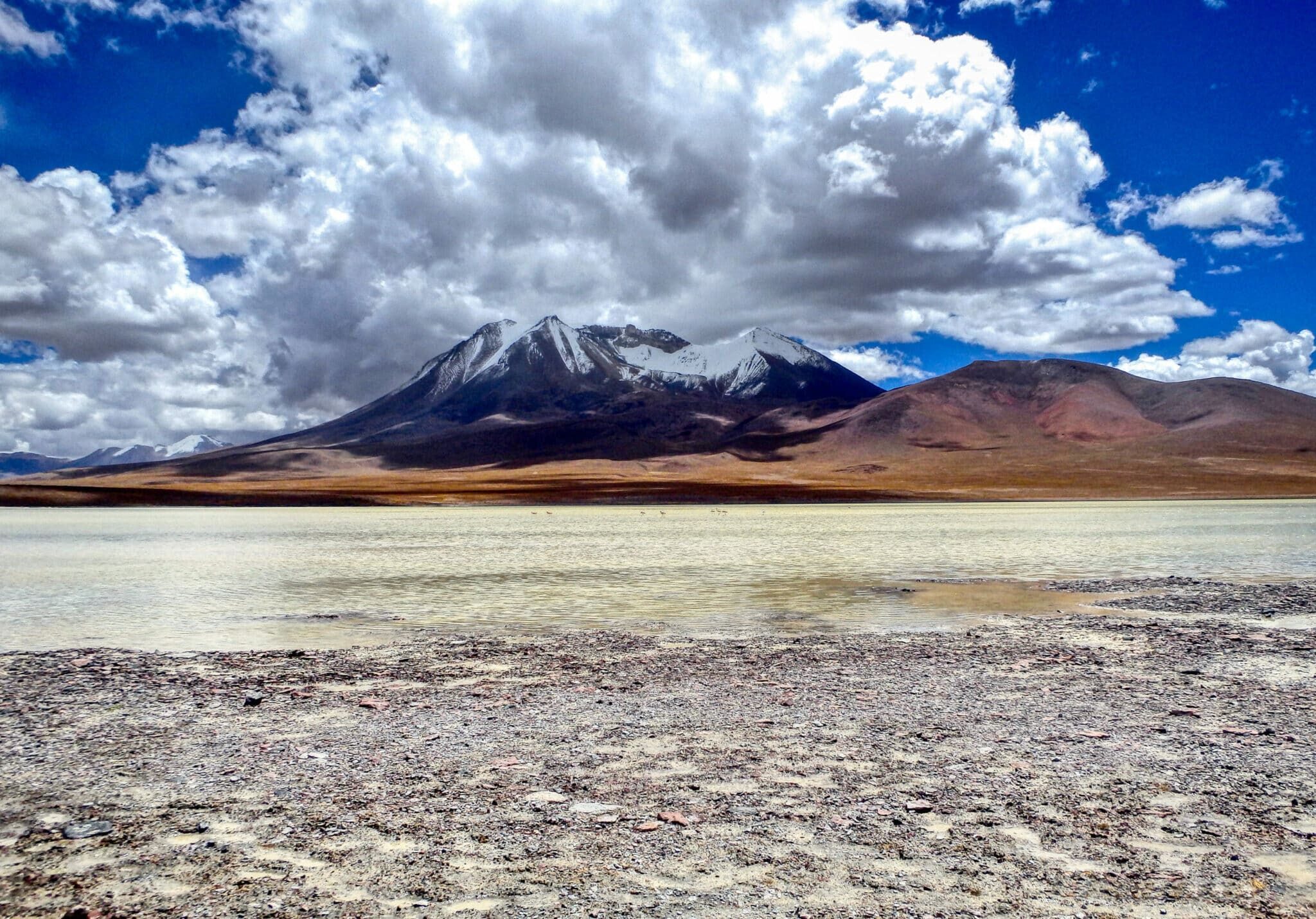
Árbol de Piedra – This stone ‘tree’ stands about 7 meters tall, and has been perfectly manicured by the sand-blown winds in the region to give rise to rather smooth features.
Laguna Colorada – An absolutely epic landscape with deep red colored basins and snowcapped mountains in the distance. There are flocks of flamingos here if you’re lucky (come in the summer!). The lake itself is only a meter deep and colored red due to the algae and sediments present in the water.
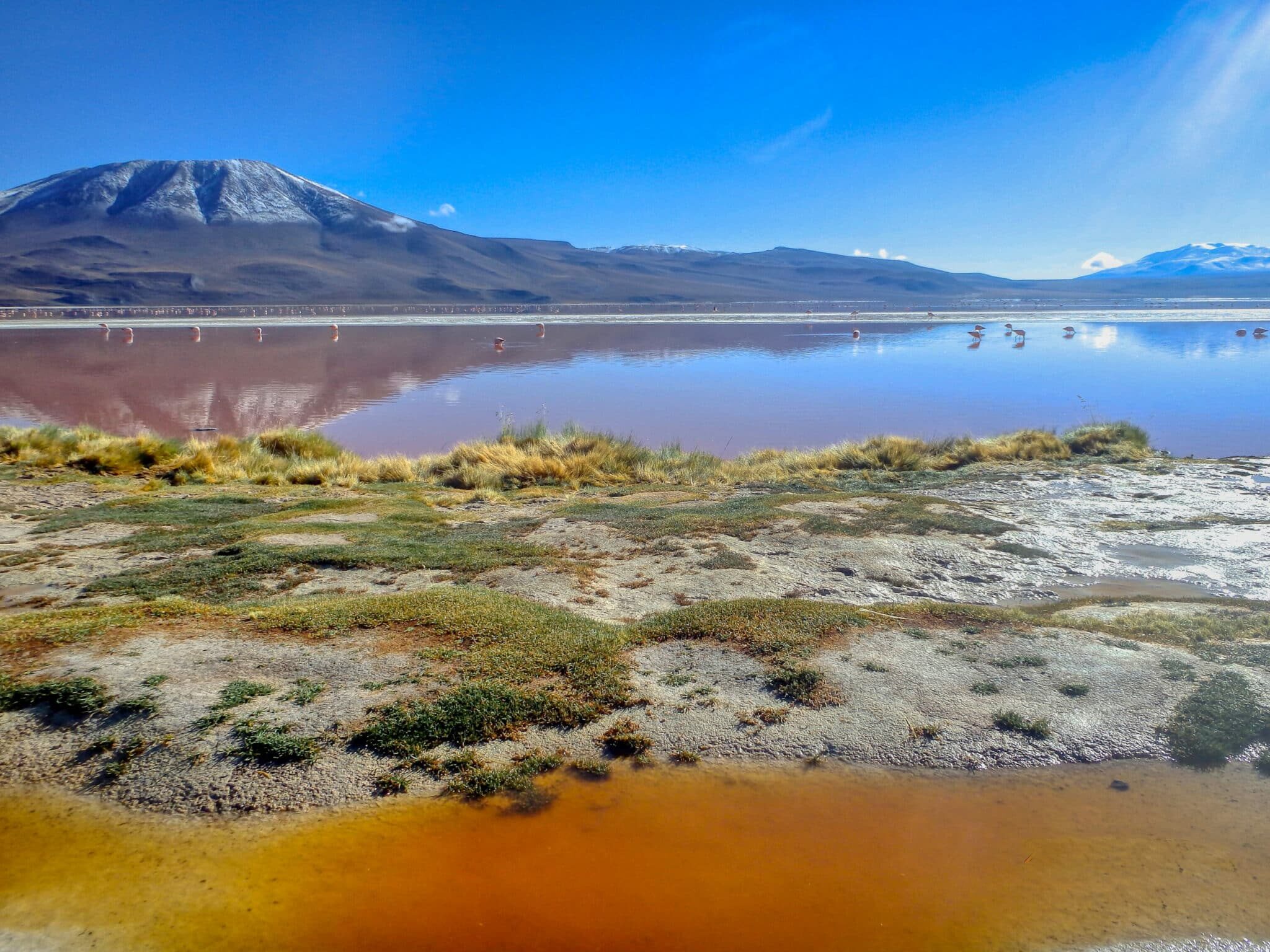
Geiser Sol de Mañana – Translating to ‘Morning sun’, this is a very active geothermal area lined with geysers and the horrendous smell of sulfur.
Laguna Verde – my absolute favorite. This gorgeous green/blue lagoon sits at the base of a gorgeous mountain volcano, near the Chilean border.
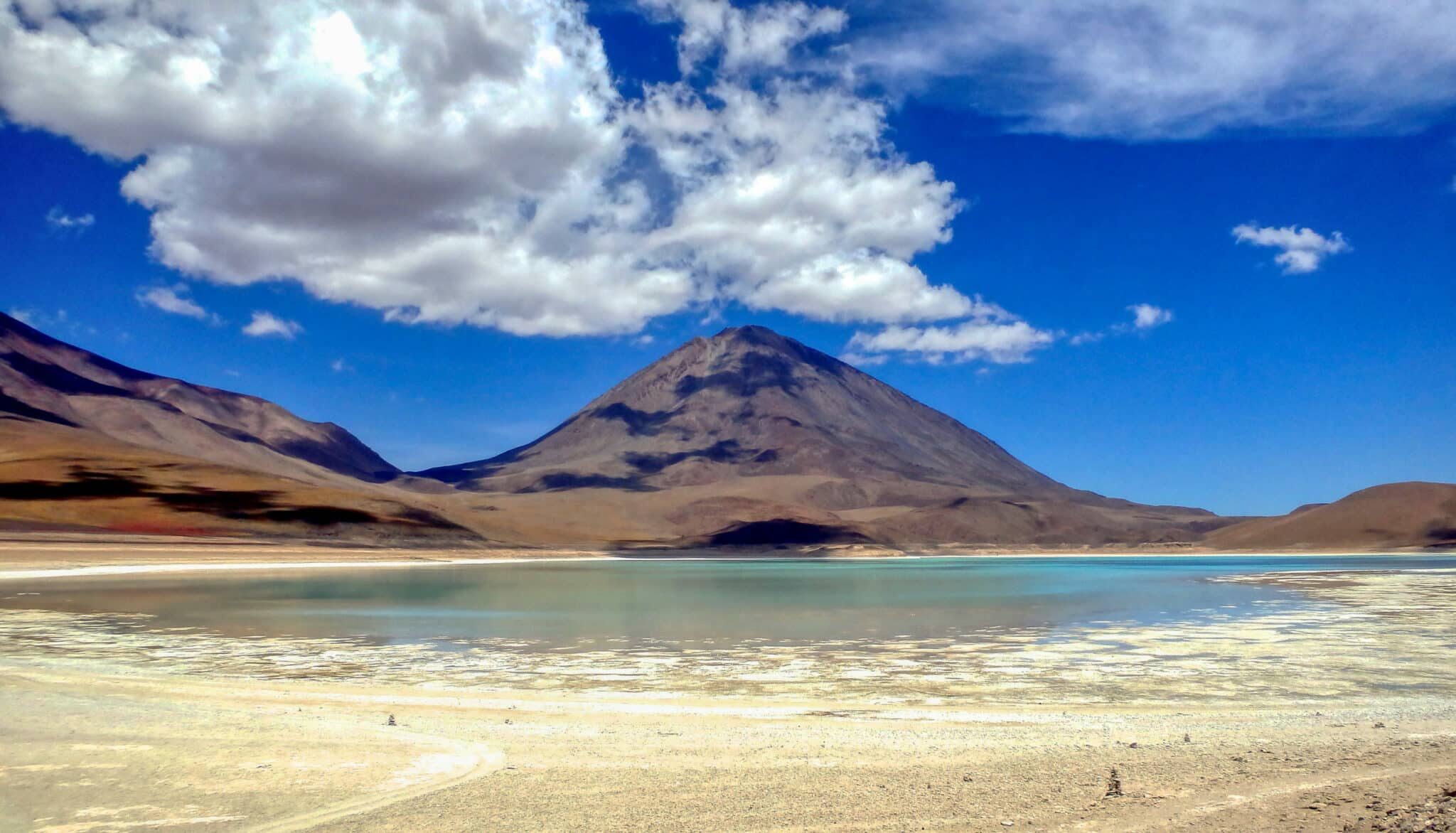
After this amazing trip, I wish I had more time to check out South America. I have been dying to see Chile and Argentina (Patagonia) for some time now so I will have to get back soon for that. Nonetheless, skipping Bolivia would be a mistake!

